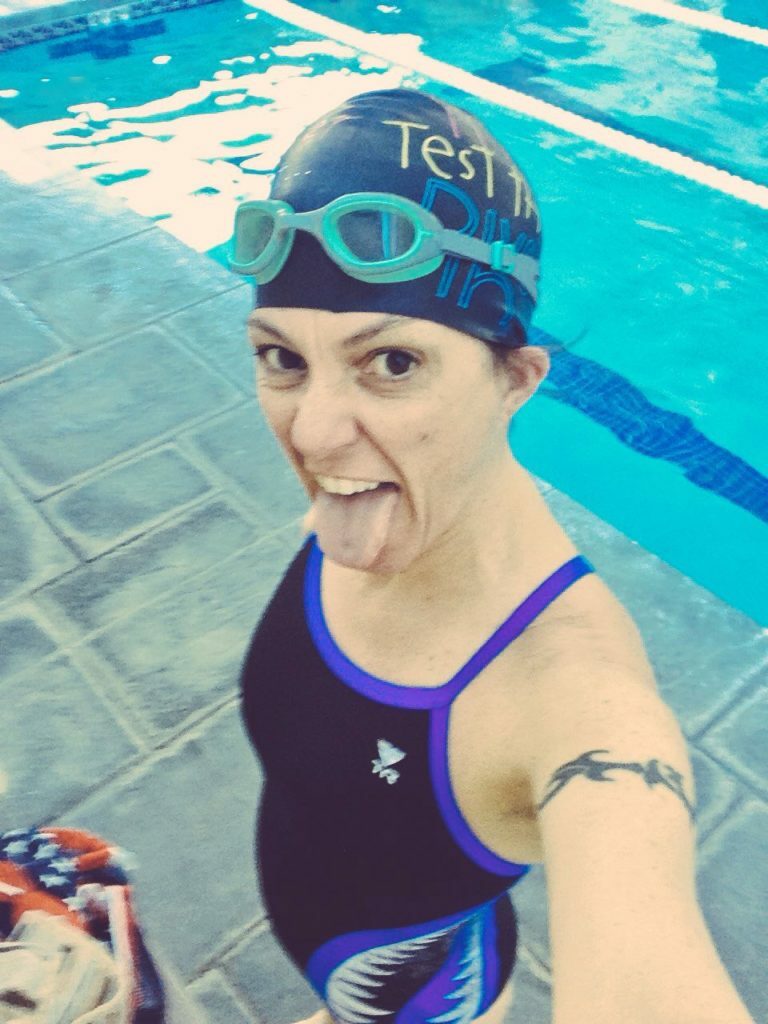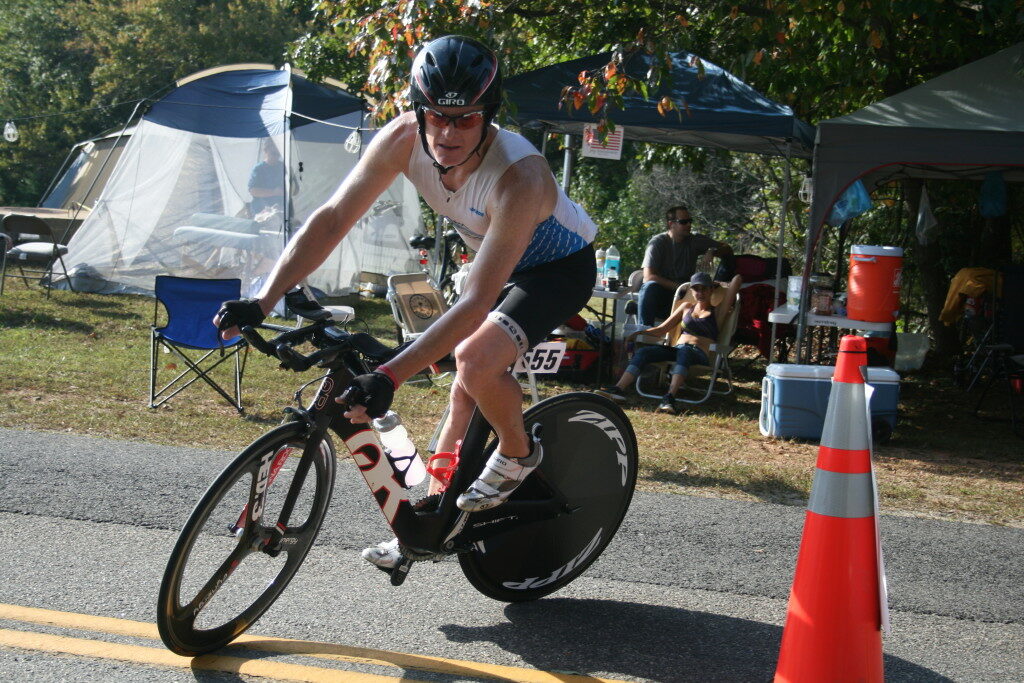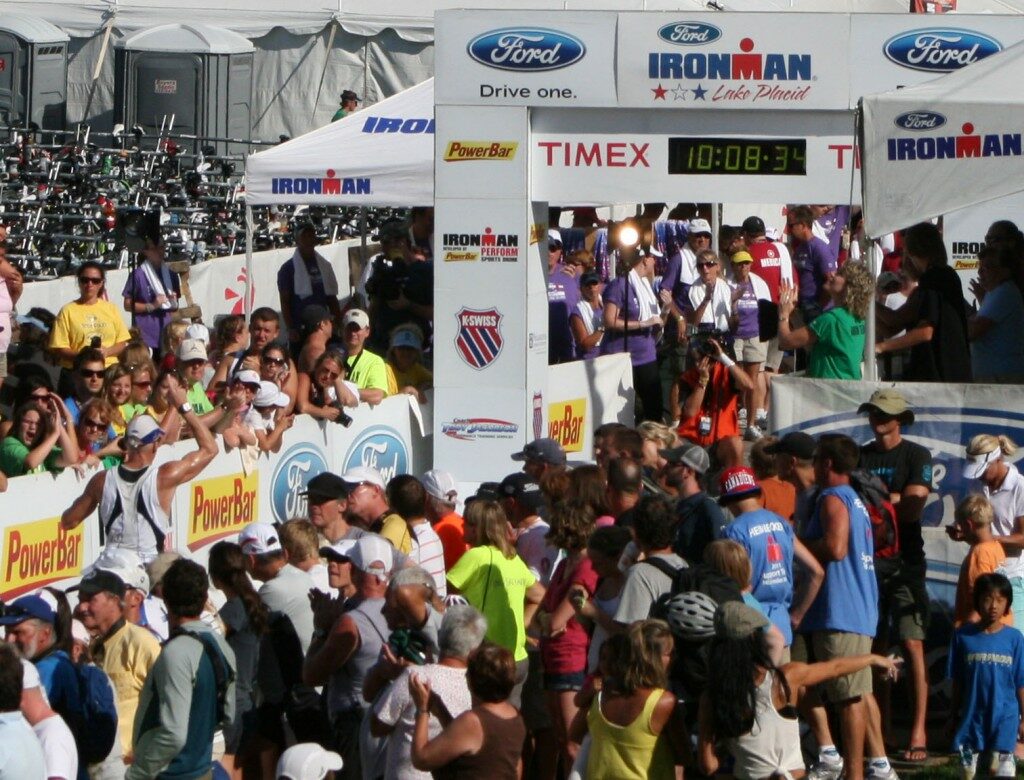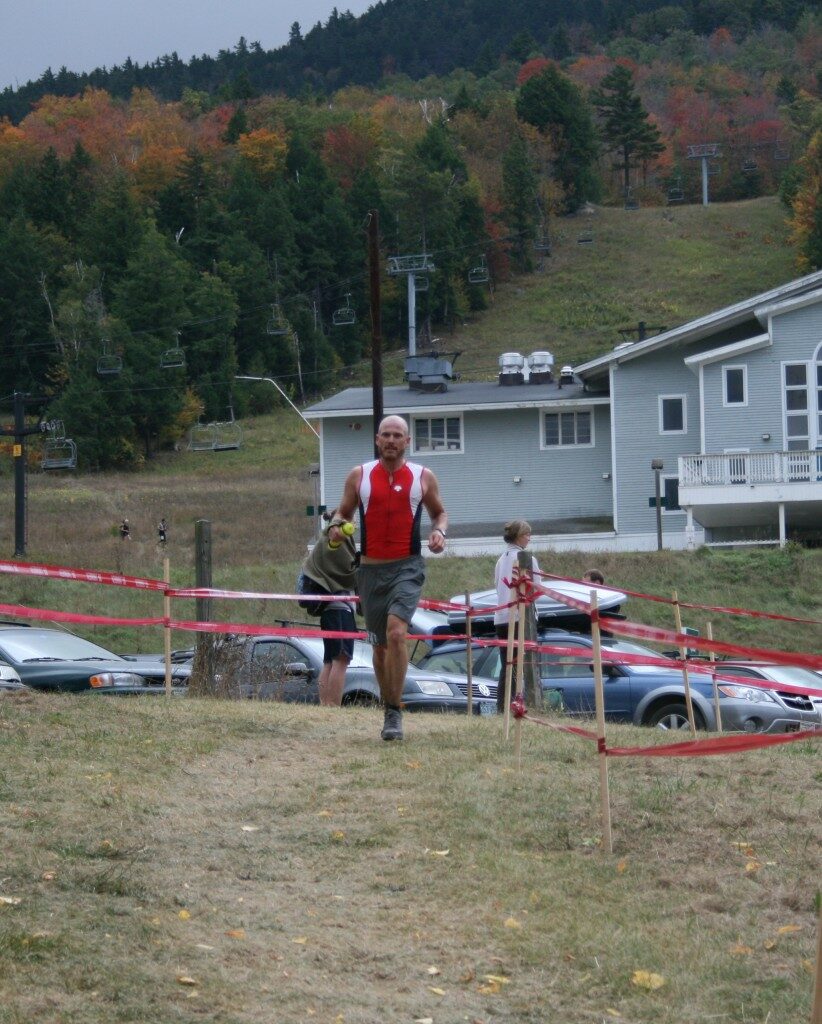Am I ready to go the distance? 4 Areas to consider before you sign up for your first Ironman Triathlon
There is a progression of goals in triathlon that usually revolves around two questions: How fast can I go? How far can I go? Since we’ve covered the first question in a previous post, let’s think about the second question, specifically as it relates to an ironman triathlon. If you are a triathlete, this question is[…]









